Purity matters when it comes to creatine monohydrate. As one of the most researched supplements for enhancing performance, its effectiveness and safety depend heavily on the quality of the product you choose.
Poorly made creatine can lead to side effects or reduced results, while high-purity options support your goals without unnecessary risks.
Let’s explore why ingredient quality is critical for both your health and training outcomes.
Why Impure Creatine Poses Risks to Your Health
Many creatine products on the market contain contaminants due to substandard manufacturing. These impurities can affect your performance and well-being. Industrial production often introduces harmful substances into creatine supplements, creating real concerns for users.
Common issues from impure creatine include digestive problems like bloating, gas, and diarrhea, even at low doses. Contaminants can worsen side effects, especially for those with existing health conditions. Often, people blame creatine itself and stop using it, when the real problem lies in low-quality production.
Beyond discomfort, impure products may include heavy metals, dicyandiamide, dihydrotriazine, or excess creatinine. These byproducts can build up over time. For athletes, there’s also a risk of failing drug tests due to undisclosed substances in contaminated supplements.
How High-Quality Creatine Ensures Safety and Results
Choosing pure creatine monohydrate is the key to avoiding risks. Well-made creatine is safe for most people when taken as directed, provided it meets strict purity standards.
Top-tier products start with trusted raw materials, backed by certificates of analysis. Manufacturers use advanced purification, like multi-stage filtration and crystallization, to eliminate impurities. Thorough testing and careful sourcing prevent contamination. Quality control happens at every stage, from raw ingredients to the final batch.
Pharmaceutical-grade creatine reaches purity levels of 99.8% or higher. This ensures you’re getting exactly what’s on the label, with no unwanted extras.
What to Look for in a Quality Creatine Product
Finding a reliable creatine supplement means checking for specific markers of quality. Third-party certifications offer a strong indicator of safety and consistency.
- NSF Certified for Sport verifies products through extensive testing for banned substances and contaminants, including ongoing facility checks.
- Good Manufacturing Practices (GMP) certification confirms consistent production standards, with regular inspections and detailed records.
- Transparent labeling shows exact ingredient amounts, avoiding vague proprietary blends, and often includes sourcing or testing details.
Reputable brands provide certificates of analysis on request and maintain open communication about their processes. Consulting a pharmacist can help confirm a brand’s quality. Trustworthy companies prioritize clear information to build confidence in their products.
Explore Bucked Up’s range of certified, high-purity creatine options at our shop.
Why Micronized Creatine Improves Your Experience
Purity sets the foundation, but processing can enhance how creatine works for you. Micronization reduces particle size, addressing common issues with mixing and digestion.
Standard creatine particles often don’t dissolve well, settling in your drink and potentially causing stomach upset. Smaller, micronized particles mix easily, ensuring you get the full dose without residue.
This leads to more consistent intake and a lower chance of discomfort. Better solubility also supports absorption, making the supplement more effective in your routine.
Comparing Micronized and Standard Creatine
|
Feature |
Standard Creatine |
Micronized Creatine |
|
Particle Size |
Larger |
Much smaller |
|
Solubility |
Poor, often grainy |
High, mixes smoothly |
|
Absorption |
Slower, less reliable |
Faster, more consistent |
|
Digestive Comfort |
More likely to cause issues |
Less likely to irritate |
For those serious about results, micronized creatine offers a practical balance of quality and usability. Check out Bucked Up’s micronized options at our shop.
Clearing Up Confusion About Creatine Forms
While creatine monohydrate is the most studied form, other variations claim better absorption or fewer side effects. Extensive research backs monohydrate’s safety and effectiveness across diverse groups, from athletes to older adults.
Many alternative forms address issues tied to low-quality products, not creatine itself. Problems like bloating often disappear with pure, micronized monohydrate. Quality manufacturing reduces harmful additives in any creatine type. Simplicity in monohydrate’s production also means fewer chances for errors compared to complex formulations.
High-purity monohydrate remains a dependable choice for most users due to its proven track record and reliable availability.
Your Checklist for Choosing Pure Creatine
Select a creatine product that meets high standards with this straightforward guide. Evaluate based on certifications, transparency, and user needs.
Certifications to Verify:
- NSF Certified for Sport for thorough testing.
- GMP certification for consistent production.
- Third-party testing reports or certificates of analysis.
Labeling Details:
- Exact ingredient amounts, no hidden blends.
- Creatine as the main component, minimal additives.
- Clear source and manufacturing information.
Processing Standards:
- Micronized for better mixing and absorption.
- Purity of 99.8% or above.
- Pharmaceutical-grade if possible.
Brand Reliability:
- History of quality commitment.
- Strong supplier partnerships.
- Responsive customer support with detailed info.
User Preferences:
- Format options like powder, capsules, or gummies.
- Mixing ease and flavor for powders.
- Real user feedback on performance.
Bucked Up’s creatine lineup meets these criteria. Find yours at our shop.
How to Dose and Time Creatine for Best Results
Proper dosing and timing maximize creatine’s benefits while keeping side effects minimal. Current approaches focus on steady, sustainable intake over heavy loading.
Instead of a 20-gram daily loading phase, a consistent 3 to 5 grams per day saturates muscles in 3 to 4 weeks with less digestive strain.
Timing matters less than daily use. Hydration and high-purity products support safe supplementation. Post-workout intake may offer a small edge due to muscle uptake, but consistency is the priority.
If digestion is a concern, split doses with meals. Stay hydrated with 3 to 4 liters of water daily, adjusting for activity or heat, to support creatine’s effects and protect kidney function.
Exploring New Ways to Take Creatine
Creatine delivery has evolved beyond powders to fit different lifestyles. These formats maintain high purity while improving convenience and enjoyment.
Capsules offer tasteless, precise dosing without mixing. Gummies turn supplementation into a treat, encouraging regular use with appealing flavors. Dissolvable options like creatine candy provide discreet, on-the-go intake with potential absorption benefits from their unique form.
Each method suits specific needs, ensuring you stick to daily use. Bucked Up offers various formats to match your routine. See them below or at our shop.
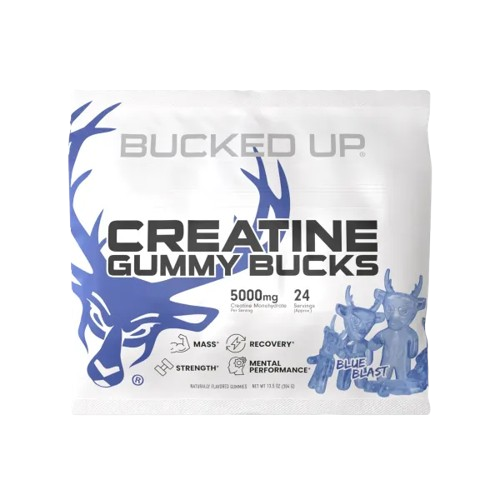
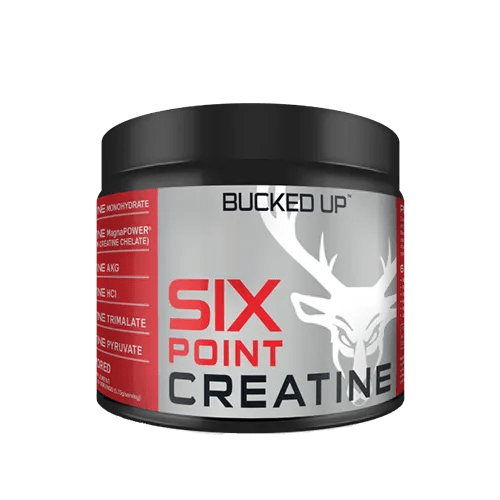


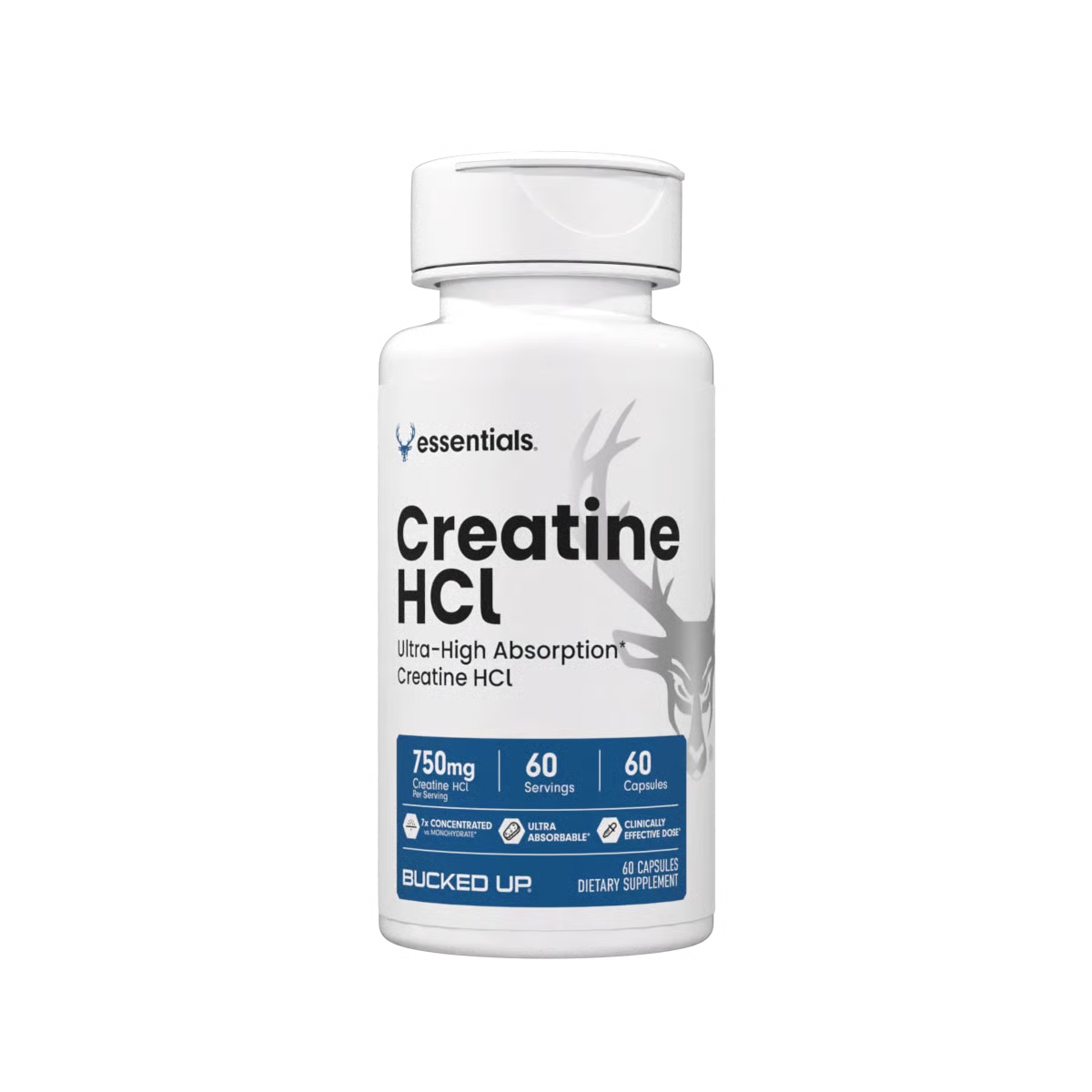
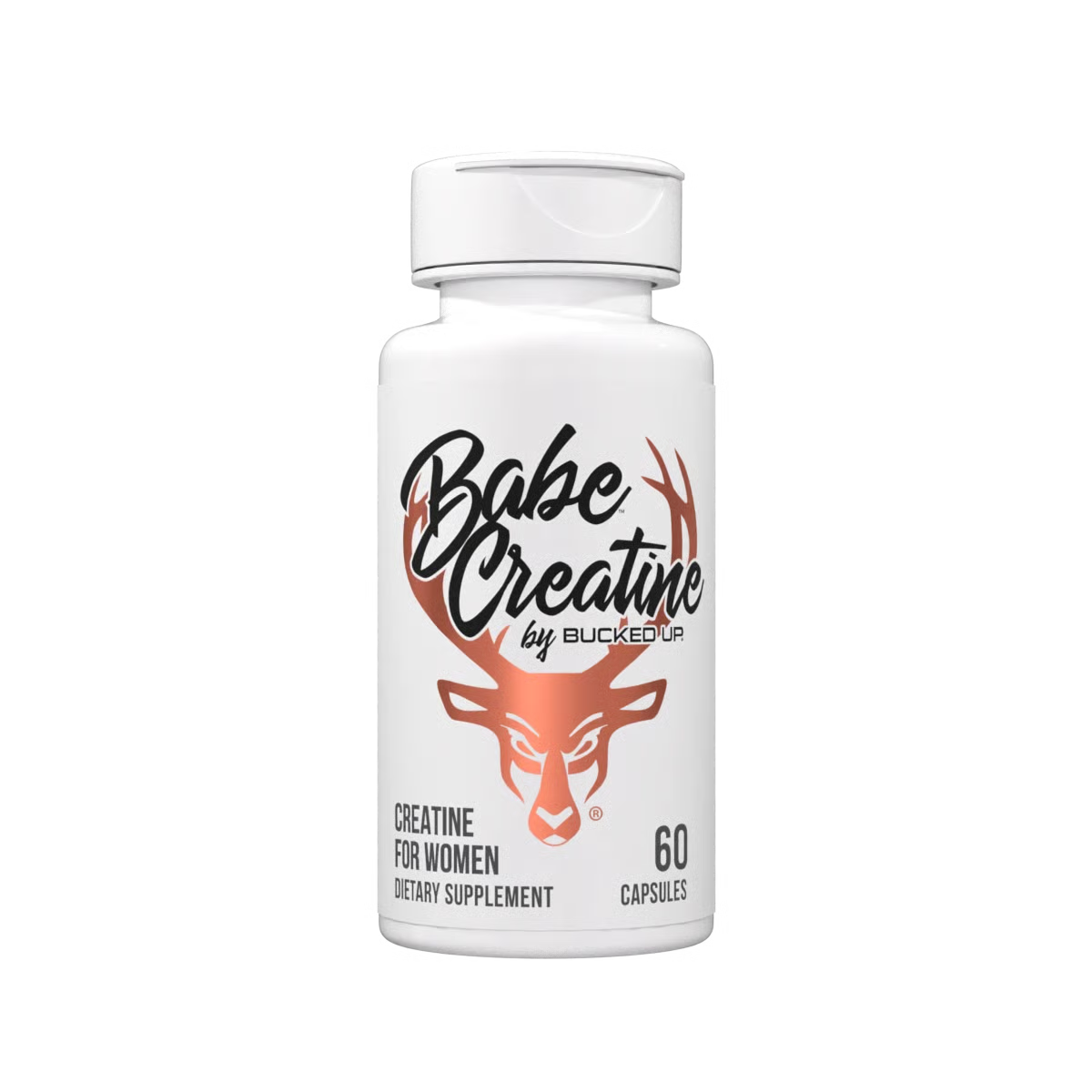
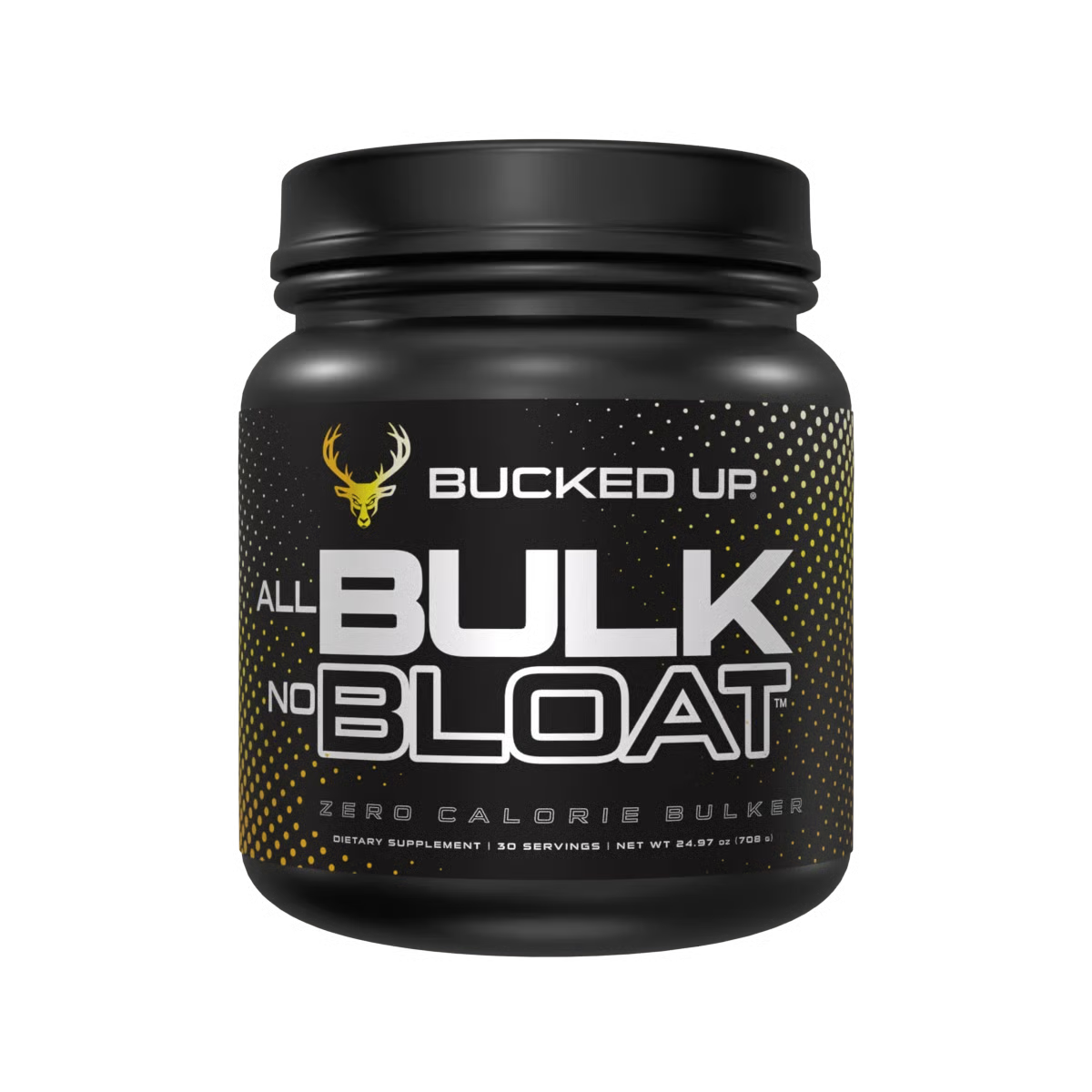
Answers to Common Creatine Purity Questions
What Contaminants Are in Low-Quality Creatine?
Impure creatine may contain heavy metals like lead, byproducts such as dicyandiamide or dihydrotriazine, and excess creatinine. These stem from poor sourcing or inadequate purification during production. Such impurities often cause digestive upset or headaches, which users might wrongly attribute to creatine itself.
How Can You Check Creatine Purity Before Buying?
Look for NSF Certified for Sport or GMP certifications indicating strict testing. Request certificates of analysis from brands to see purity levels. Transparent labels with clear ingredient amounts are a good sign. Research the company’s reputation and consult healthcare providers for brand insights.
Does Micronized Creatine Absorb Better?
Micronization mainly boosts solubility, not direct absorption. Smaller particles dissolve fully, ensuring the entire dose is ingested rather than wasted. This reduces stomach issues and provides consistent intake, potentially leading to more efficient uptake in the body.
Do Digestive Issues Mean Creatine Is Impure?
Not always. High doses of pure creatine can cause mild upset, especially during loading or for sensitive users. However, ongoing or severe problems like bloating or nausea often point to contaminants. Switching to a pure, micronized product or lowering the dose can help identify the cause.
Why Do Some Creatine Products Cost More?
Higher prices often reflect better raw materials, advanced purification, micronization, and third-party testing. These steps increase costs but ensure safety and effectiveness. Cheaper options may save money by skipping quality measures, risking purity and user experience.
Are International Creatine Brands Trustworthy?
Location isn’t the deciding factor. Focus on certifications like GMP and transparent testing practices. Many international manufacturers meet high standards and supply trusted domestic brands. Evaluate their documented processes and compliance over assumptions about origin.
Experience high-purity creatine with Bucked Up’s innovative options at our shop.
Choosing Pure Creatine for Better Performance
Purity defines the success of creatine supplementation. As a well-studied aid for strength and endurance, its benefits shine only with top-quality products. Impure options can cause health issues or inconsistent results, while certified, pharmaceutical-grade creatine delivers reliability.
Your decision on creatine is an investment in long-term health and training progress. Prioritizing quality and transparency over low cost ensures each dose supports your goals. Make an informed choice with Bucked Up’s certified products at our shop to find the right fit for your needs.

